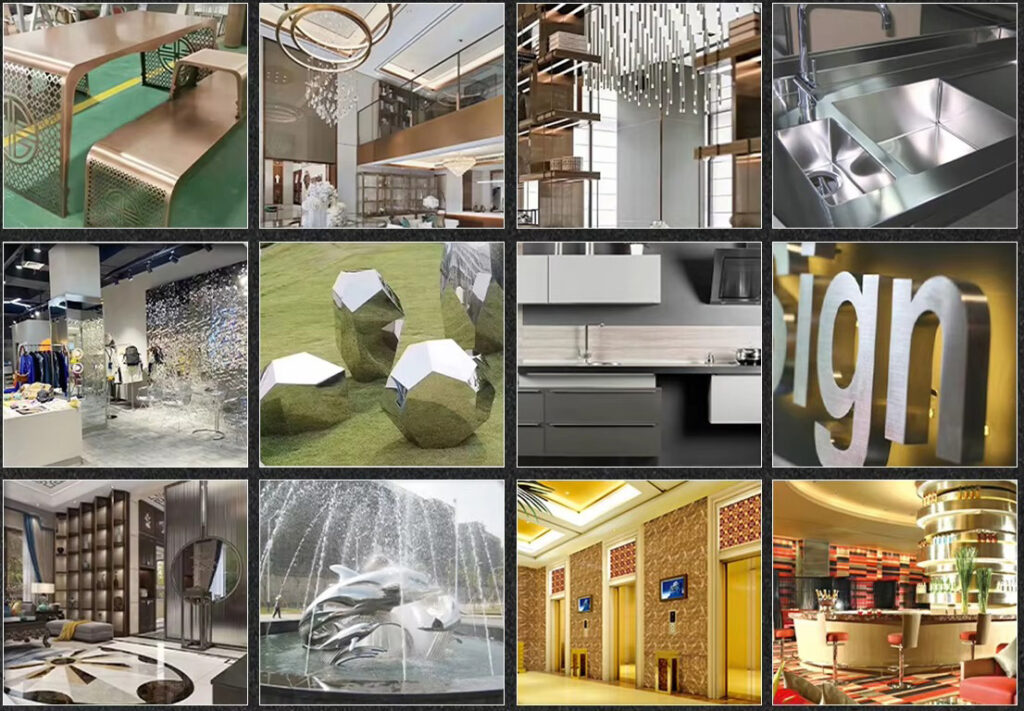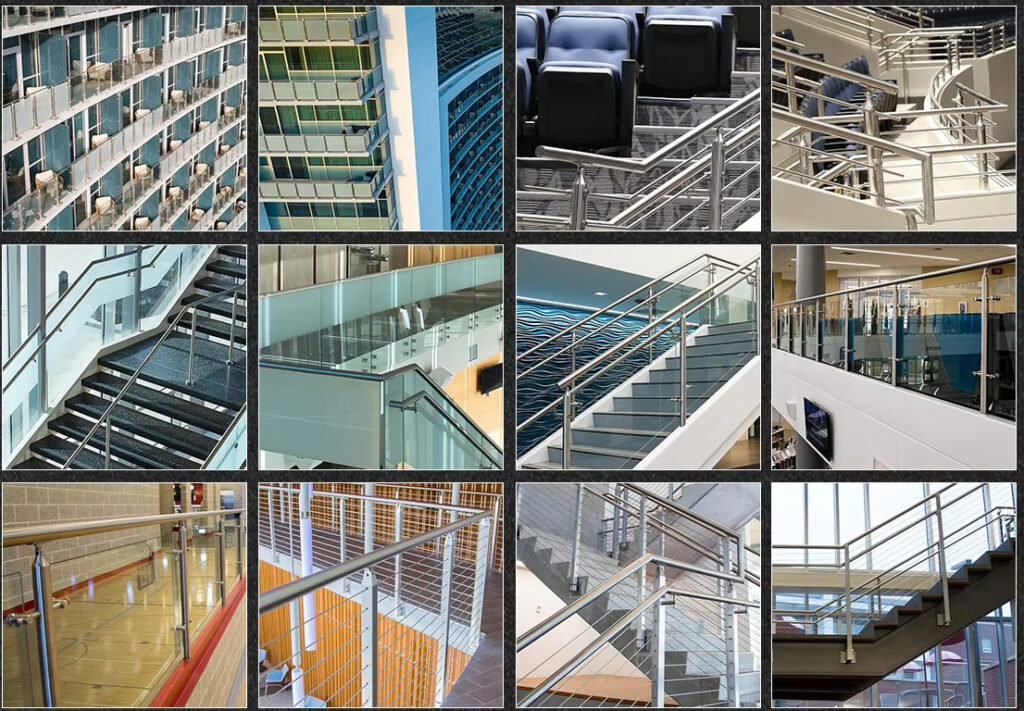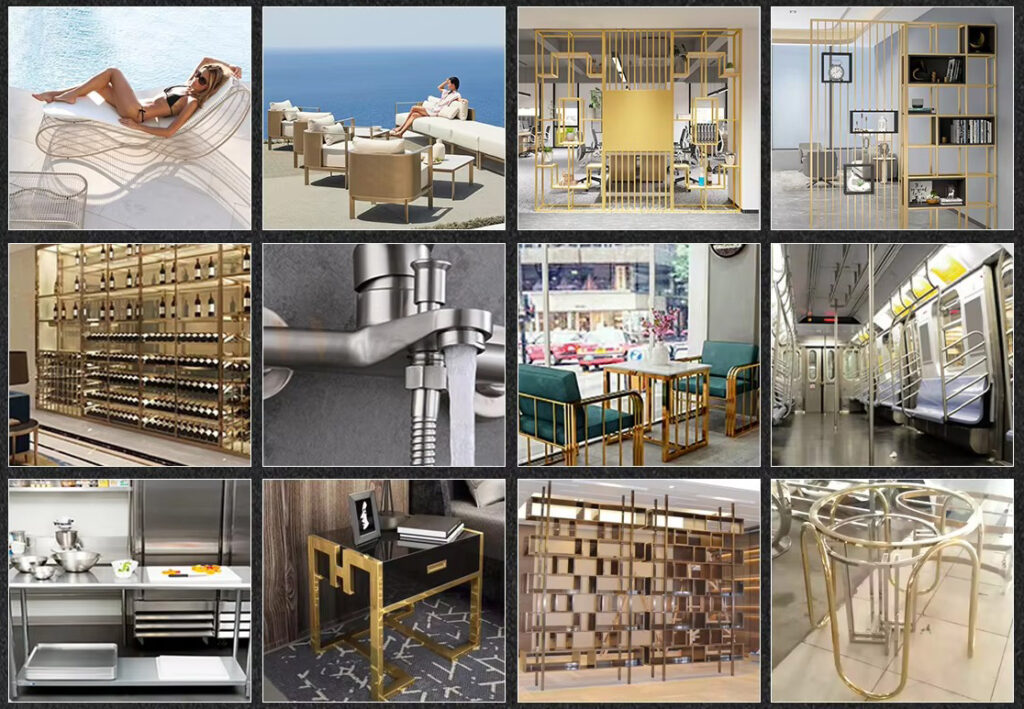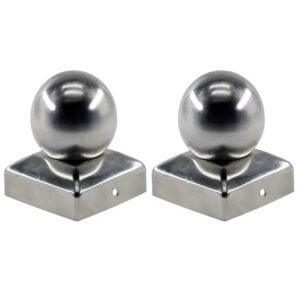
Post caps & end caps (round, square, decorative)
Post caps & end caps in 316L stainless steel. 23 years precision manufacturing for decorative applications worldwide. Request quote today.

Post caps & end caps in 316L stainless steel. 23 years precision manufacturing for decorative applications worldwide. Request quote today.
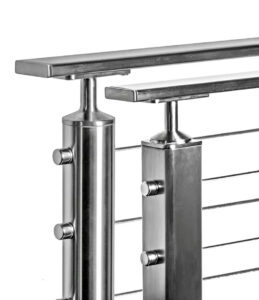
Square stainless steel posts in 304/316L grades. 23 years precision manufacturing for coastal projects worldwide. Request quote today.
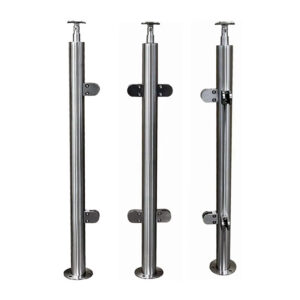
Stainless steel posts in 304/316L grades. 23+ years ODM fabrication for marine & commercial applications. Contact factory today.
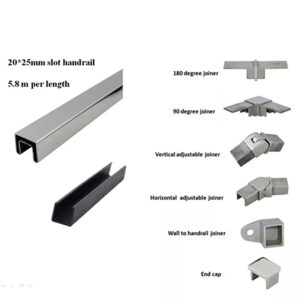
Square top rail components in 316L stainless steel. 23+ years precision manufacturing for global applications. Contact factory today.
Project-specific hardware in 316L stainless steel. 23 years delivering tailored solutions for specialized projects worldwide. Get factory quote today.
Non-standard size components in 316L stainless steel. 23+ years ODM manufacturing for unique sizing requirements globally. Contact us today.
| Specification | Our Stainless Steel Top & Bottom Rails | Standard Aluminum Rail Systems | Competitive Advantage |
|---|---|---|---|
| Material Grade | 304/316 Marine Stainless Steel | 6061-T6 Aluminum Anodized | Superior corrosion resistance and longevity |
| Tensile Strength | 590 MPa (304/316 grade) | 310 MPa maximum | 90% higher structural performance |
| Profile Options | Round, Square, Rectangular Custom | Limited standard shapes | Comprehensive design flexibility |
| Wall Thickness | 2.0-6.0mm customizable | 1.5mm standard | Enhanced structural capacity |
| Span Capability | 12 feet maximum unsupported | 8 feet maximum | 50% longer spanning ability |
| Load Distribution | 200 lbs/linear foot continuous | 125 lbs/linear foot | 60% higher load-bearing capability |
| Operating Temperature | -40°C to +400°C | -30°C to +150°C | Extended thermal range capability |
| Service Life | 25+ years guaranteed | 10-15 years typical | 150% longer operational lifespan |
Superior Structural Performance vs. Alternative Framework Materials
Our stainless steel top and bottom rails provide exceptional load distribution across the entire railing system compared to aluminum frameworks that concentrate stress at connection points. While powder-coated aluminum requires repainting every 5-7 years due to coating degradation, our 304/316 stainless steel construction delivers permanent structural integrity that eliminates refinishing cycles and maintains architectural aesthetics indefinitely.
Enhanced System Integration and Material Compatibility
Stainless steel rails eliminate galvanic corrosion issues that occur when mixing aluminum frameworks with stainless steel cable hardware and glass clamps. This material compatibility prevents the electrochemical degradation that causes premature failure in mixed-metal systems, providing indefinite service life without the structural compromise common in aluminum-based installations.
Advanced Profile Engineering and Load Transfer
Our precision-manufactured rail profiles optimize moment resistance and deflection control compared to standard aluminum extrusions that lack structural depth. The superior strength-to-weight ratio allows thinner wall sections while maintaining load capacity, creating cleaner architectural lines without compromising safety margins required by building codes.
Temperature Stability and Dimensional Control
Stainless steel maintains consistent structural properties from -40°C to +400°C, preventing the thermal expansion issues that cause aluminum rails to bow and create cable tension variations. This thermal performance is critical for long-span installations where daily temperature fluctuations would compromise aluminum framework integrity and code compliance.
Luxury Residential Deck Cable Railing Systems
High-end waterfront homes require 316 marine-grade top and bottom rails that span 10-12 feet between posts while maintaining cable tension uniformity. Our structural rails eliminate the sagging issues common with aluminum frameworks in marine environments where salt spray exposure exceeds 1,000 hours annually.
Commercial Office Building Balcony Installations
Corporate facilities with multi-story balconies utilize 304 stainless steel rail systems that provide continuous structural support across complex architectural transitions. The enhanced load capacity accommodates commercial occupancy loads while maintaining the clean aesthetic essential for modern office architecture.
Hotel and Resort Pool Terrace Systems
Hospitality venues install chlorine-resistant top and bottom rails on pool deck areas where structural integrity and corrosion resistance are critical for guest safety. Our electropolished finishes maintain pristine appearance under daily chemical exposure that would degrade aluminum coatings within months.
Healthcare Facility Outdoor Treatment Areas
Medical environments require antimicrobial stainless steel rails that support privacy glass panels while meeting stringent hygiene standards. Our seamless rail construction eliminates bacterial harbor points while providing the structural capacity required for therapeutic facility applications.
Industrial Platform Cable Guard Systems
Manufacturing facilities install heavy-duty rail frameworks on elevated walkways where chemical vapor exposure and temperature fluctuations demand superior material performance. Our 316 stainless steel construction maintains structural integrity in environments where aluminum would corrode within 2-3 years.
Marina and Yacht Club Floating Dock Systems
Waterfront facilities require marine-grade rail systems on floating docks subjected to constant moisture, wave action, and salt exposure. Our stainless steel frameworks eliminate the fatigue failures common in aluminum systems exposed to dynamic marine loading conditions.
What’s the structural difference between top rails and bottom rails in cable railing systems?
Top rails provide primary structural support and code-required handholds, typically sized 1.5″-2″ diameter with heavier wall thickness to resist bending loads. Bottom rails primarily maintain cable spacing and prevent debris accumulation, using smaller profiles while still providing structural continuity across post spans.
How do 304 and 316 stainless steel grades compare for top and bottom rail applications?
304 stainless steel provides excellent performance for indoor and mild outdoor environments, offering superior strength and aesthetics compared to aluminum. 316 grade includes molybdenum for enhanced chloride resistance, making it essential for coastal properties within 5 miles of saltwater, pool areas, and marine environments where long-term durability is critical.
Can stainless steel rails accommodate different cable configurations and infill systems?
Yes, our rail systems accommodate horizontal cable, vertical cable, glass panels, and mixed infill configurations. Precision-drilled cable attachment points maintain proper spacing while structural capacity supports various tensioning loads. The modular design allows field modification for custom architectural requirements.
What span limitations apply to stainless steel top and bottom rails between posts?
Our stainless steel rails can span up to 12 feet between intermediate posts while maintaining code-required deflection limits under full design loads. Aluminum rails typically require support every 8 feet due to lower strength and higher deflection. Longer spans reduce post requirements and create cleaner architectural lines.
How do maintenance requirements compare between stainless steel and aluminum rail systems?
Stainless steel rails require only periodic cleaning with pH-neutral solutions every 6-12 months depending on environmental exposure. No painting, coating renewal, or refinishing is required. Aluminum systems require powder coating inspection, touch-up, and potential complete refinishing every 5-10 years depending on exposure conditions.
What building codes govern top and bottom rail installations for different occupancy types?
Residential installations follow IRC requirements for 36″ minimum guardrail height with top rail load capacity of 200 pounds concentrated load. Commercial applications require IBC compliance with 42″ height and enhanced load requirements of 50 pounds per linear foot uniform loading plus concentrated loads.
Are there design advantages to continuous rail systems over post-to-post installations?
Continuous rail systems provide enhanced structural performance through load sharing across multiple post connections, reducing stress concentrations and improving overall system rigidity. The uninterrupted profile creates superior architectural aesthetics while simplifying cable attachment and tensioning procedures.
How do stainless steel rails perform in extreme weather and seismic conditions?
Stainless steel maintains structural properties through temperature extremes and provides superior ductility for seismic applications. The fatigue resistance prevents crack propagation common in aluminum systems subjected to wind loading and thermal cycling. Seismic installations benefit from the enhanced energy absorption capacity.
Building Code Compliance Standards
Top and bottom rail systems must comply with IBC Section 1013.3 guard requirements and ASCE 7 wind load provisions for structural performance. Load testing follows ASTM E985 and E935 standards with documented proof testing at 1.5 times design loads. Rail deflection limits comply with L/60 serviceability requirements for occupant comfort and safety.
Material Specifications and Certifications
Rails manufactured from ASTM A554 stainless steel tubing with certified mill test certificates documenting chemical composition and mechanical properties. Structural calculations follow AISC 360 steel construction standards with documented section properties and load capacities. Marine-grade 316 installations include NACE SP0169 atmospheric corrosion compliance.
Structural Engineering and Load Analysis
Rail design utilizes finite element analysis for complex loading conditions and non-standard configurations. Moment and deflection calculations ensure compliance with IBC Section 1607.8 live load requirements for guardrail systems. Engineering documentation includes sealed professional calculations for projects requiring permit approval and structural review.
Corrosion Resistance Testing
Salt spray testing per ASTM B117 standards demonstrates 500+ hour performance for 316 grade applications. Pitting resistance evaluation follows ASTM G48 Method A for chloride exposure conditions. Atmospheric exposure testing verifies long-term performance in urban, industrial, and marine environments where aluminum alternatives show rapid degradation.
Quality Assurance and Manufacturing Standards
Production follows ISO 9001:2015 quality management with documented material traceability and inspection procedures. Precision forming maintains ±1mm dimensional tolerance for consistent fit and structural performance. Surface finish standards achieve 32 Ra maximum for brushed finishes and 8 Ra maximum for mirror polish applications.
Installation Standards and Professional Certification
Installation procedures meet OSHA 1926.502 fall protection standards for construction safety requirements. Professional installation certification available through certified contractor programs for complex commercial applications. Structural connections utilize documented welding procedures per AWS D1.1 for critical load-bearing joints requiring engineering oversight.
